Interpretability of Modulation Recognition Network Based on Time-Frequency Gradient-Weighted Class Activation Mapping
-
摘要:
针对时频深度学习调制识别方法存在可解释性差的问题,提出一种基于时频梯度加权类激活映射(Grad-CAM)的调制识别网络可解释框架. 该框架通过时频Grad-CAM可视化深度模型中隐含层的关键特征,从视觉上解释网络隐含层提取的时频深度特征对于正确与错误识别中的作用,揭示低信噪比环境下网络性能下降的内在机理,并通过量化和排序网络中每层不同卷积核的贡献值来判断网络的冗余程度. 仿真实验结果验证了基于时频Grad-CAM的调制识别网络可解释性框架的有效性;可解释分析结果表明,在低信噪比环境下,网络特征提取区域有大量噪声存在,且本文所测试的调制识别网络冗余程度较为严重.
Abstract:Aiming at the poor interpretability of modulation recognition methods based on time-frequency deep learning, an interpretable framework of a modulation recognition network is proposed, utilizing time-frequency gradient-weighted class activation mapping (Grad-CAM). Through the key features of the hidden layer in the Grad-CAM visual deep model, the significance of the deep features extracted from the network hidden layer are illustrated in terms of correct and error recognition, revealing the decline of network performance in the environment of low signal-to-noise ratio (SNR). The contribution values of different convolution cores at each network layer are quantified and sorted to determine the network redundancy. The simulation results verify the interpretable framework of the time-frequency deep learning network for modulation recognition. The interpretable analysis results reflect that there is a large amount of noise present in the feature extraction region of the network in a low signal-to-noise ratio environment, and the tested modulation recognition network exhibits a high degree of redundancy.
-
Key words:
- interpretable deep learning /
- Grad-CAM /
- modulation recognition /
- time frequency analysis
-
-
[1] WEI W, MENDEL J M. Maximum-likelihood classification for digital amplitude-phase modulations[J]. IEEE Transactions on Communications, 2000, 48(2): 189-193. doi: 10.1109/26.823550 [2] POLYDOROS A, KIM K. On the detection and classification of quadrature digital modulations in broad-band noise[J]. IEEE Transactions on Communications, 1990, 38(8): 1199-1211. doi: 10.1109/26.58753 [3] HUAN C Y, POLYDOROS A. Likelihood methods for MPSK modulation classification[J]. IEEE Transactions on Communications, 1995, 43(2/3/4): 1493-1504. doi: 10.1109/26.380199 [4] NANDI A K, AZZOUZ E E. Algorithms for automatic modulation recognition of communication signals[J]. IEEE Transactions on Communications, 1998, 46(4): 431-436. doi: 10.1109/26.664294 [5] ZAERIN M, SEYFE B. Multiuser modulation classification based on cumulants in additive white Gaussian noise channel[J]. IET Signal Processing, 2012, 6(9): 815-823. doi: 10.1049/iet-spr.2011.0357 [6] 李红光,郭英,眭萍,等. 基于时频特征的卷积神经网络跳频调制识别[J]. 浙江大学学报(工学版),2020,54(10): 1945-1954.LI Hongguang, GUO Ying, SUI Ping, et al. Frequency hopping modulation recognition of convolutional neural network based on time-frequency characteristics[J]. Journal of Zhejiang University (Engineering Science), 2020, 54(10): 1945-1954. [7] ZHANG H J, LE RUYET D, TERRÉ M. Spectral correlation of multicarrier modulated signals and its application for signal detection[J]. EURASIP Journal on Advances in Signal Processing, 2010, 2010: 794246.1-794246.14. [8] SCHREYOGG C, KITTEL K, KRESSEL U, et al. Robust classification of modulation types using spectral features applied to HMM[C]//1997 IEEE Military Communications Conference (MILCOM 97). Monterey: IEEE, 1997: 1377-1381. [9] MOBASSERI B G. Constellation shape as a robust signature for digital modulation recognition[C]//IEEE Military Communications Conference (MILCOM 99). Atlantic City: IEEE, 1999: 442-446. [10] 李楠. 双谱特征和深度学习在信号调制识别中的应用[J]. 弹箭与制导学报,2019,39(5): 81-84,88.LI Nan. Application of bi-spectral feature and depth learning in signal modulation recognition[J]. Journal of Projectiles, Rockets, Missiles and Guidance, 2019, 39(5): 81-84,88. [11] O’SHEA T, HOYDIS J. An introduction to deep learning for the physical layer[J]. IEEE Transactions on Cognitive Communications and Networking, 2017, 3(4): 563-575. doi: 10.1109/TCCN.2017.2758370 [12] HU S S, PEI Y Y, LIANG P P, et al. Robust modulation classification under uncertain noise condition using recurrent neural network[C]//2018 IEEE Global Communications Conference (GLOBECOM). Abu Dhabi: IEEE, 2018: 8647582.1-8647582.7. [13] 吴亚聪. 基于深度注意胶囊的智能信号识别方法研究[D]. 西安: 西安电子科技大学,2019. [14] ZHOU B L, KHOSLA A, LAPEDRIZA A, et al. Learning deep features for discriminative localization[C]//2016 IEEE Conference on Computer Vision and Pattern Recognition (CVPR). Las Vegas: IEEE, 2016: 2921-2929. [15] SELVARAJU R R, COGSWELL M, DAS A, et al. Grad-CAM: visual explanations from deep networks via gradient-based localization[C]//2017 IEEE International Conference on Computer Vision (ICCV). Venice: IEEE, 2017: 618-626. [16] CHEN J Y, MIAO S H, ZHENG H B, et al. Feature explainable deep classification for signal modulation recognition[C]//The 46th Annual Conference of the IEEE Industrial Electronics Society (IECON 2020). Singapore: IEEE, 2020: 3543-3548. 期刊类型引用(5)
1. 张伟杰,盛广侠,王兰心,王赟程,王立国,刘志勇,蒋金洋,张嘉文. 复杂服役环境下无砟轨道水泥基材料性能演变的研究综述. 材料导报. 2024(22): 143-160 .  百度学术
百度学术2. 冯博,刘青,钱永久. 高性能混凝土在氯盐侵蚀和冻融循环作用下的耐久性分析. 西南交通大学学报. 2023(05): 1083-1089 .  本站查看
本站查看3. 苗帅杰,钟阳龙,高亮,蔡小培,肖一雄,张芷寒. 列车循环荷载下完全装配式无砟轨道结构疲劳性能试验研究. 中南大学学报(自然科学版). 2023(12): 4933-4945 .  百度学术
百度学术4. 任娟娟,张书义,许雪山,杜俊宏,杜威. 寒区无砟轨道服役性能演化与提升技术研究进展. 中国铁路. 2022(08): 76-87 .  百度学术
百度学术5. 杨志强,李化建,温家馨,黄法礼,王振,易忠来. 疲劳荷载作用下无砟轨道混凝土轨道板氯离子传输与服役寿命. 铁道建筑. 2022(12): 24-29 .  百度学术
百度学术其他类型引用(3)
-





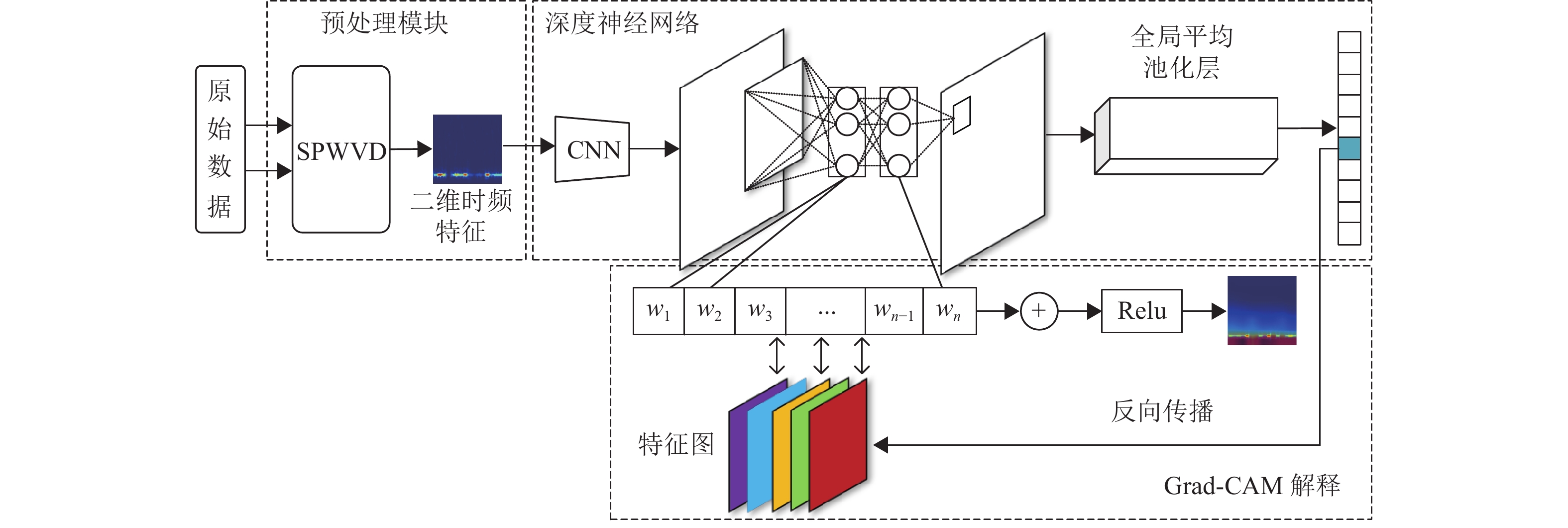
 下载:
下载:


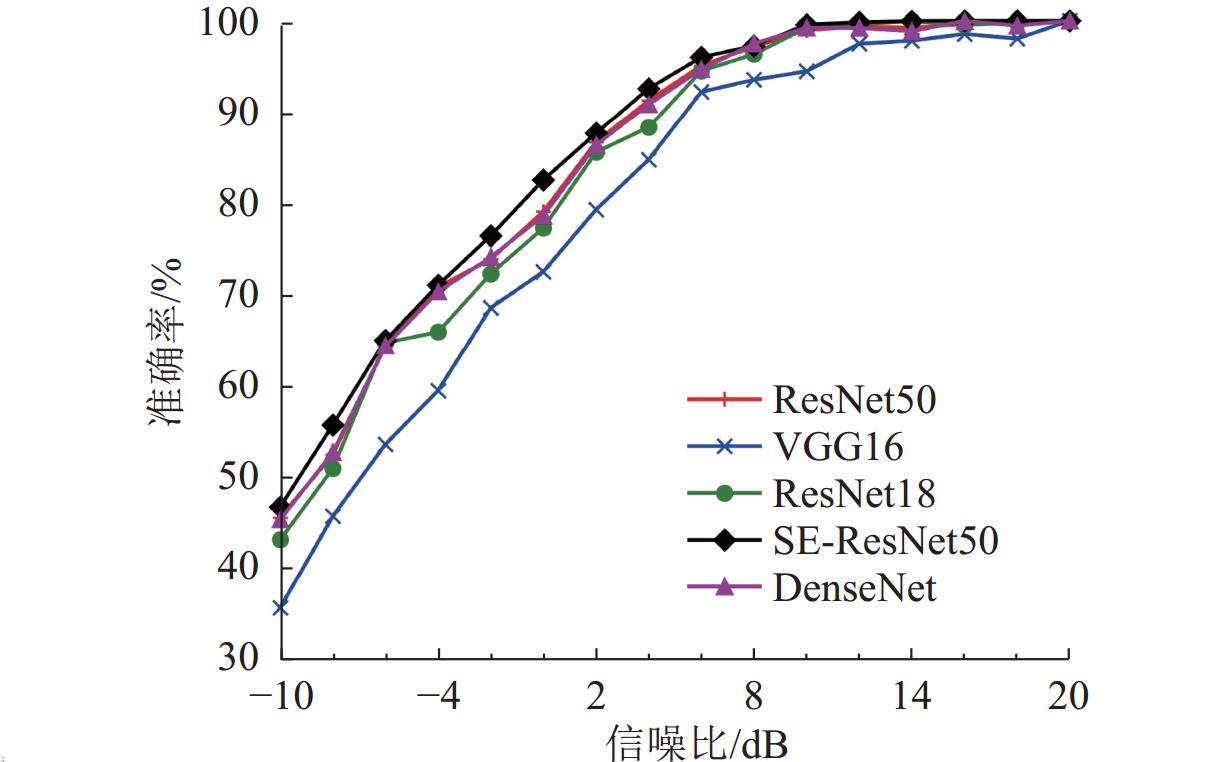
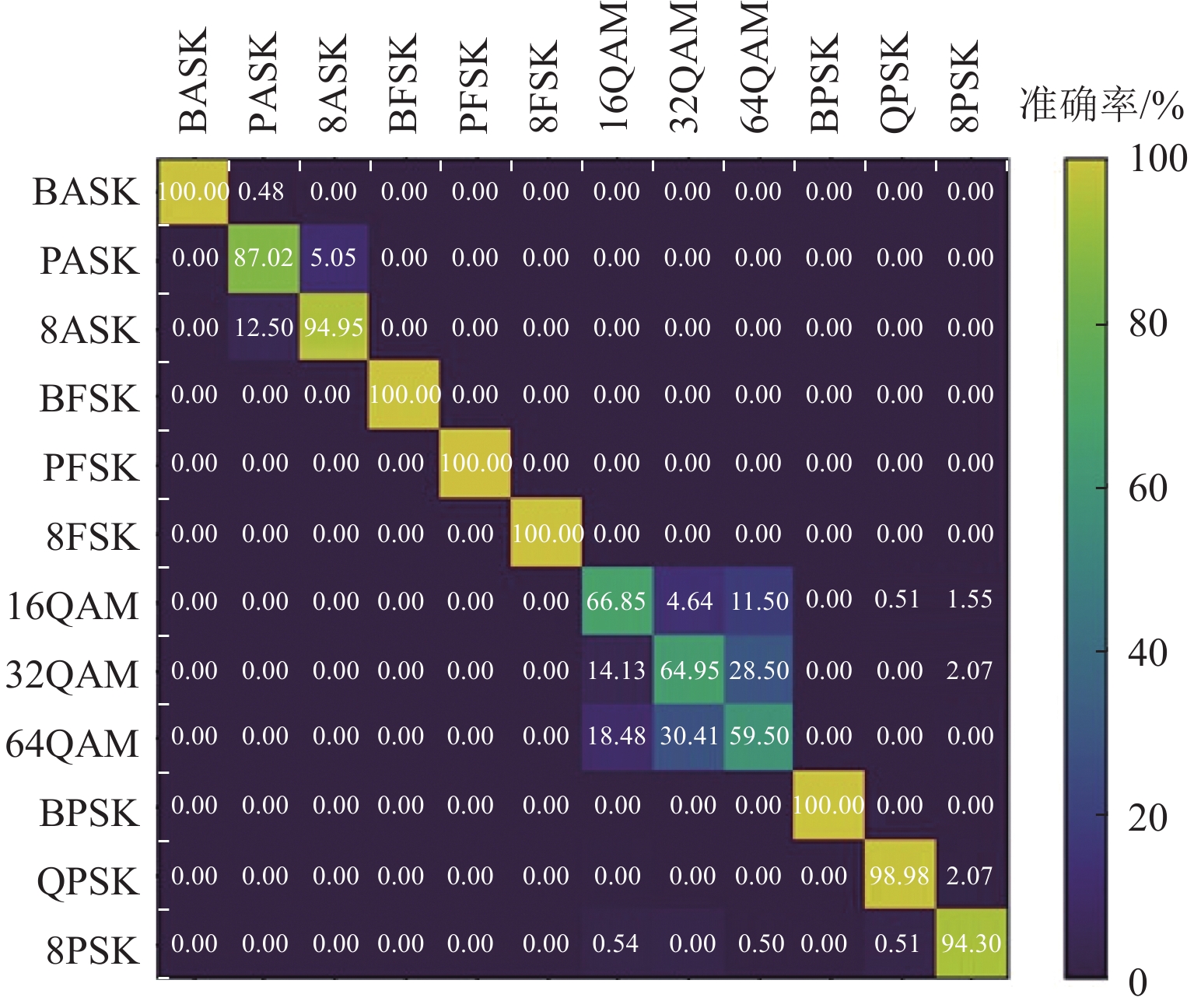
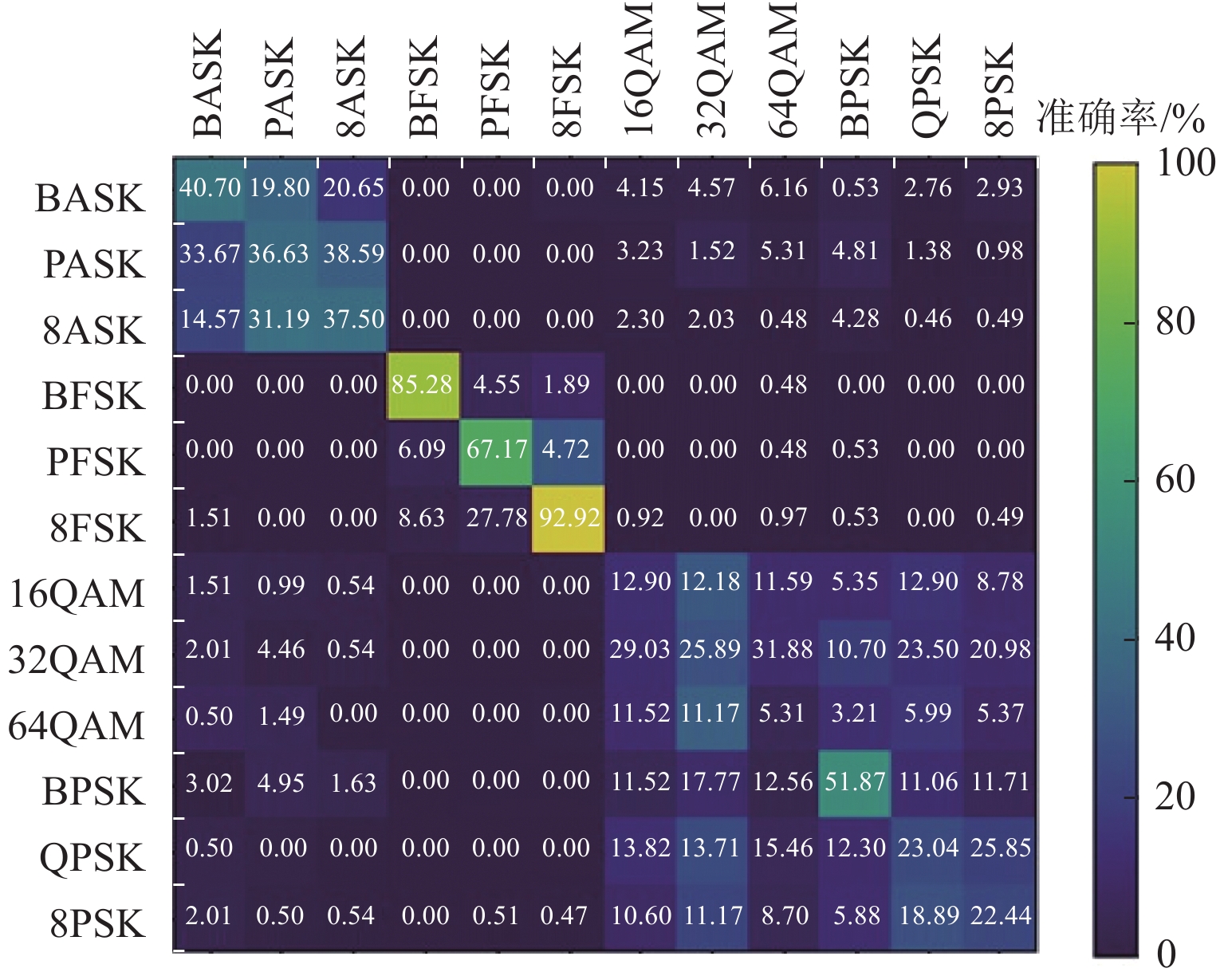
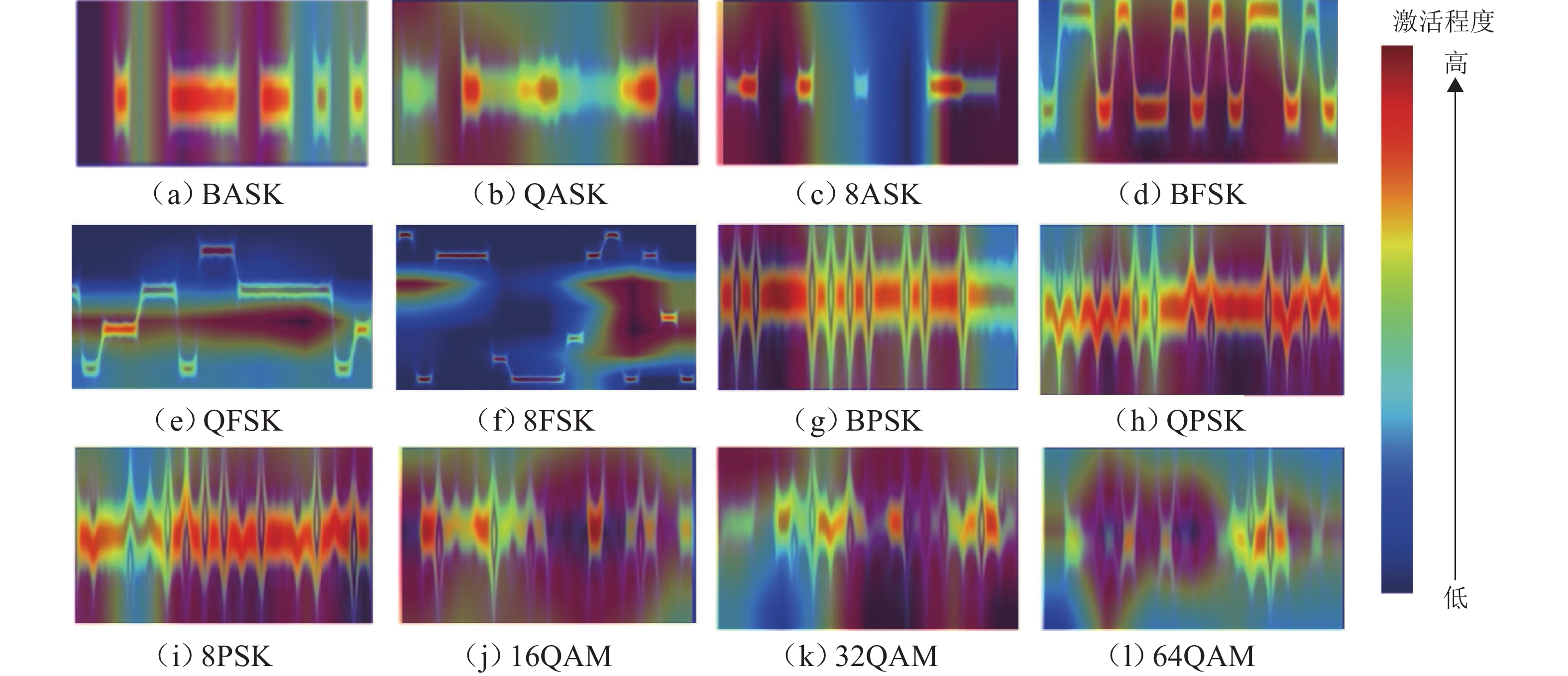

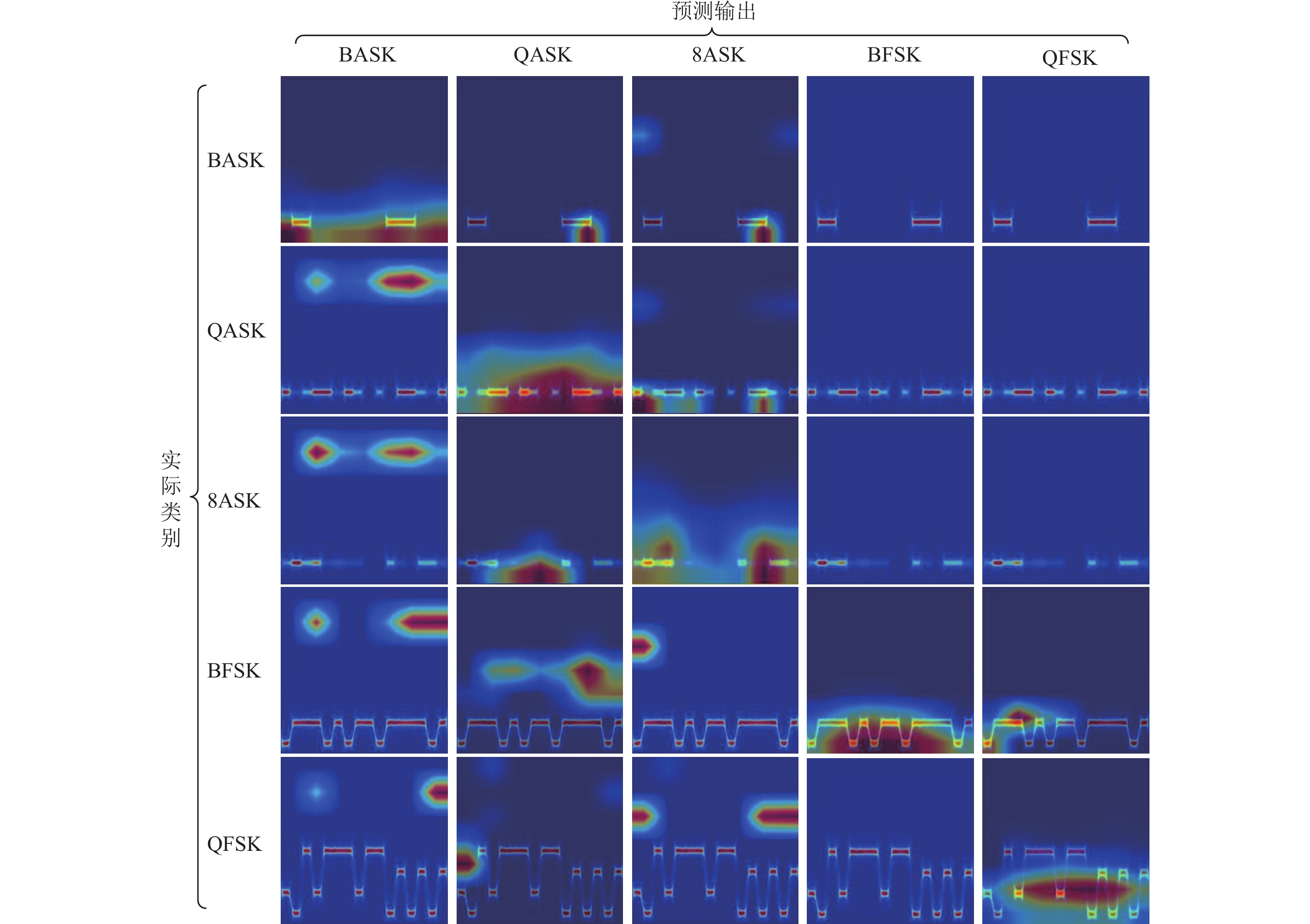

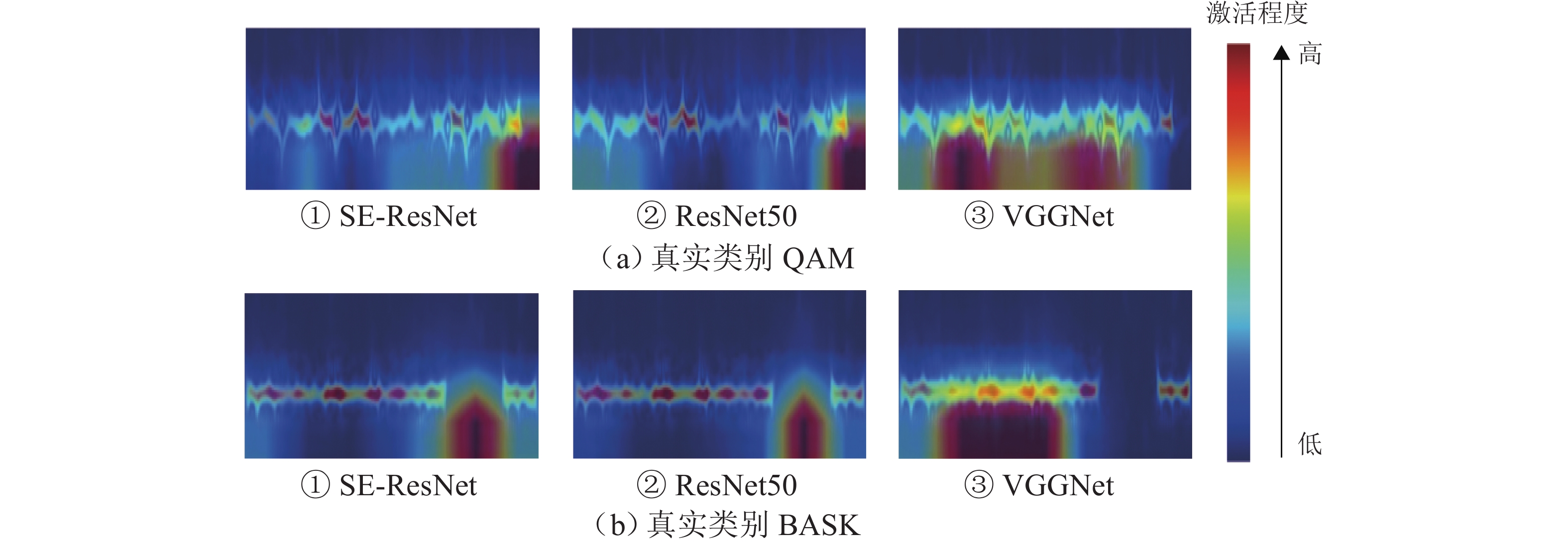
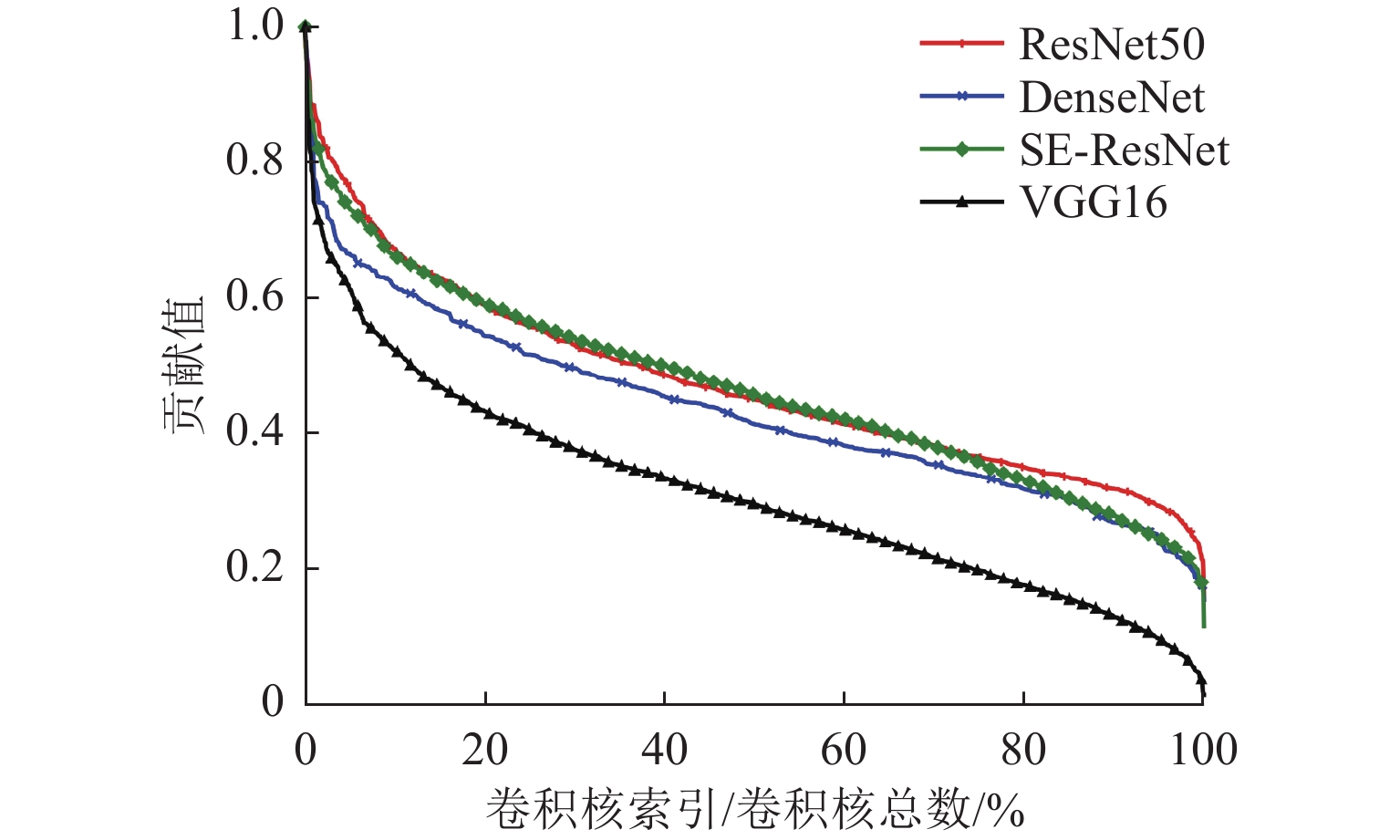
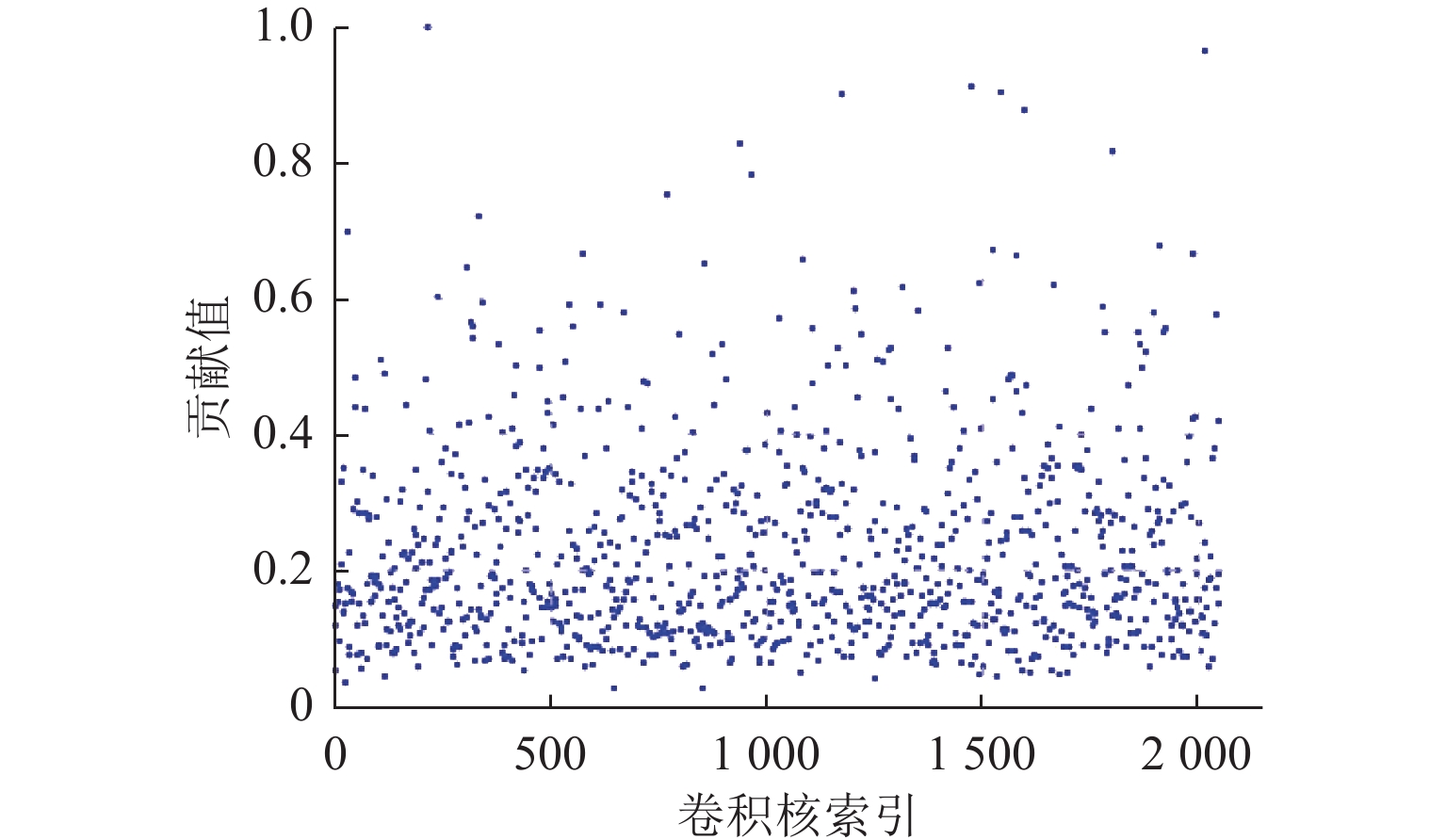
 百度学术
百度学术
